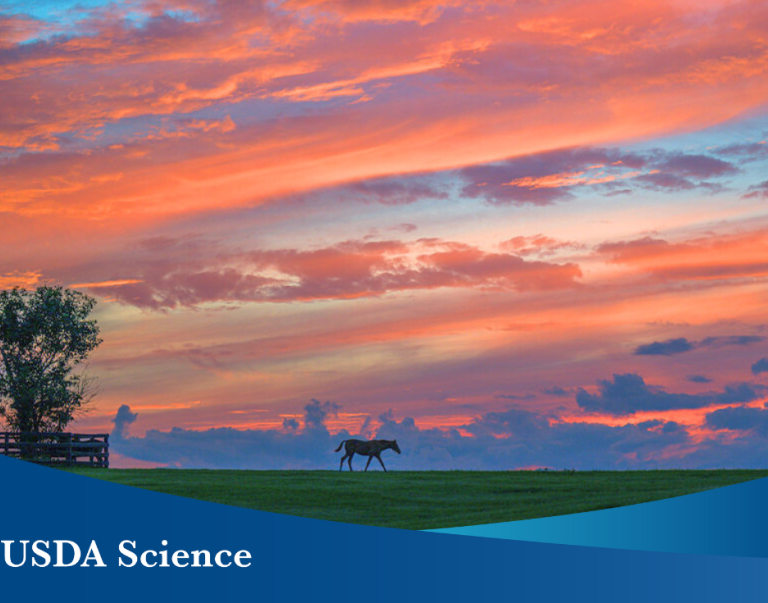WASHINGTON, March 3, 2022 – President Joe Biden and Agriculture Secretary Tom Vilsack announced that the U.S. Department of Agriculture (USDA) is investing more than $166.5 million in 108 infrastructure projects as part of implementing the Bipartisan Infrastructure Law, also known as the Infrastructure Investment and Jobs Act (IIJA). USDA’s Natural Resources Conservation Service (NRCS) is working with local communities in 23 states to invest in new dam and flood prevention projects and in repairs on existing watershed infrastructure, which are all part of USDA’s broader national infrastructure investment.
Through this first round of projects the Bipartisan Infrastructure Law is funding, NRCS prioritized projects in communities heavily impacted by drought and other natural disasters as well as historically underserved and limited resource communities.
“The Biden-Harris Administration is committed to building back better, and this starts with our infrastructure,” Vilsack said. “Protecting our watersheds and saving lives is paramount. These investments in our watershed programs will provide much needed support for communities to build resilience in the face of climate change. We can extend financial assistance to underserved communities that live in constant fear of flooding, help with the effects of severe weather events, and put systems in place that will ensure a climate resilient future to help communities thrive in the years to come.”
Bipartisan Infrastructure Law, signed in November by President Biden, provided $918 million for NRCS watershed programs, which includes the Watershed and Flood Prevention Operations (WFPO) Program, Watershed Rehabilitation Program (REHAB) and Emergency Watershed Protection (EWP) Program. Through NRCS watershed programs, NRCS works with local, eligible sponsors, including state government entities, local municipalities, conservation districts and federally recognized tribal organizations.
REHAB focuses on repairing existing infrastructure, and examples include:
- Athens, Ohio: This investment includes two rehabilitation projects for two dams on Margaret Creek near Athens, Ohio. Funds will enable the Margaret Creek Conservation District to raise the embankment of the Meeks Lake Dam, armor its spillway, and extend its lifespan by at least another 50 years. Meanwhile, for the second project, the Margaret Creek Conservation District will bring the Fox Lake Dam into compliance with Ohio’s safety regulations and restore the original flood protection benefits of the structure to last another 50 years or more.
- Añasco, Puerto Rico: This investment focuses on two dams in the the Añasco River Watershed, Site 3 (Daguëy Dam) and Site 2A (Ajies Dam), which help prevent flooding. These structures were able to perform their intent and prevented major flooding to the Añasco valley communities and industries during Hurricane Maria in 2017, but both dams suffered damages. With the funds, the Department of Natural and Environmental Resources (DNER) bring both structures to compliance with current safety criteria and performance standards, extend their lifespan and in turn reduce flood risk to life and property.
Meanwhile, WFPO projects focus on new infrastructure, and examples include:
- Alakanuk, Alaska: Funds will support planning, design, construction, and the removal of damaged property from the floodplain. This work will assist the Alakanuk community with flood damage reduction and mitigation measures.
- Duchesne County, Utah: Funds will support projects that address water use, improve agricultural operations and reduce flood damage throughout the watershed. Specifically, the project will address drought concerns by improving irrigation canals that serve approximately 38,000 acres of cropland and increased flood protection in four communities within the watershed.
- Glacier County, Montana: Funds will be used to help implement a new ag-water management strategy for the St. Mary Canal and address areas of deterioration that need to be repaired. Modernization will help the surrounding agricultural community build towards climate resiliency.
IIJA also provided EWP funds and those funds are available for communities to respond to natural disasters. NRCS will continue to assist communities as it receives disaster requests.
A full list of projects is available on NRCS’ Landscape Planning and Watershed Programs webpage.
Implementing the Bipartisan Infrastructure Law
Since the bill was signed into law, NRCS has hosted training webinars focused on educating potential sponsors and historically underserved communities about the funding opportunities provided by the new legislation.
NRCS conducted an assessment of current needs for watershed protection and flood prevention work. This assessment supported the establishment of priorities that focused funding on the most critical and highest priority projects for improving the Nation’s land and water resources.
NRCS encourages local sponsors to submit requests for funding through their local NRCS Watershed Program Manager. On March 31, 2022, NRCS will compile any additional request received and develop a second list of projects to fund. After March 31, 2022, NRCS will continue to review and fund requests as funds are available.
More Information
Since their enactment in 1948, NRCS’ watershed programs have designed and built 11,000 dams, constructed water storage structures, flood management systems, bank stabilization, moved towns, redirected stream flows, re-established wildlife habitat and more to save lives and protect watersheds.
USDA touches the lives of all Americans each day in so many positive ways. Under the Biden-Harris Administration, USDA is transforming America’s food system with a greater focus on more resilient local and regional food production, fairer markets for all producers, ensuring access to safe, healthy and nutritious food in all communities, building new markets and streams of income for farmers and producers using climate smart food and forestry practices, making historic investments in infrastructure and clean energy capabilities in rural America, and committing to equity across the Department by removing systemic barriers and building a workforce more representative of America. To learn more, visit usda.gov/infrastructure.


